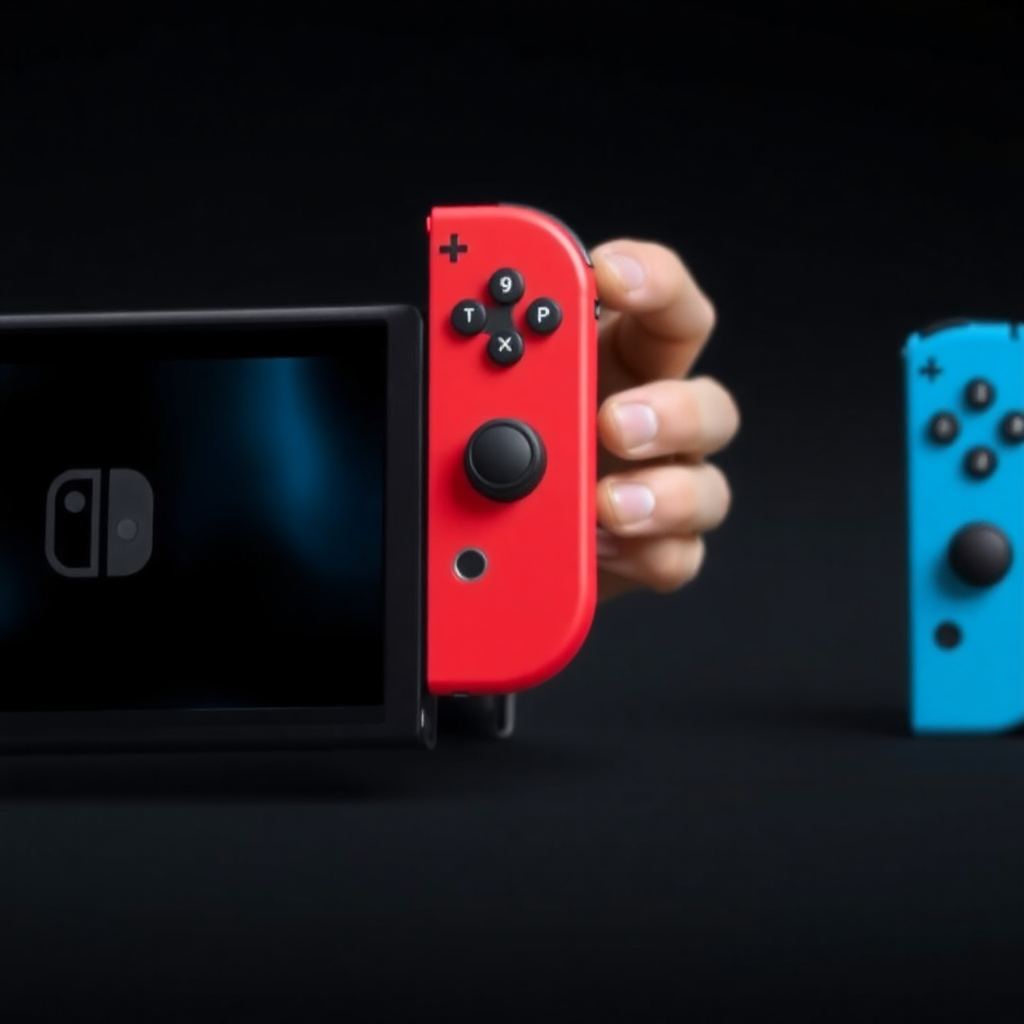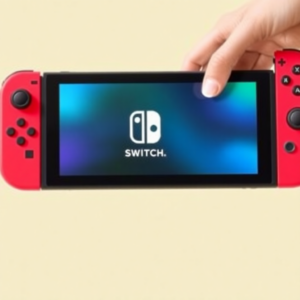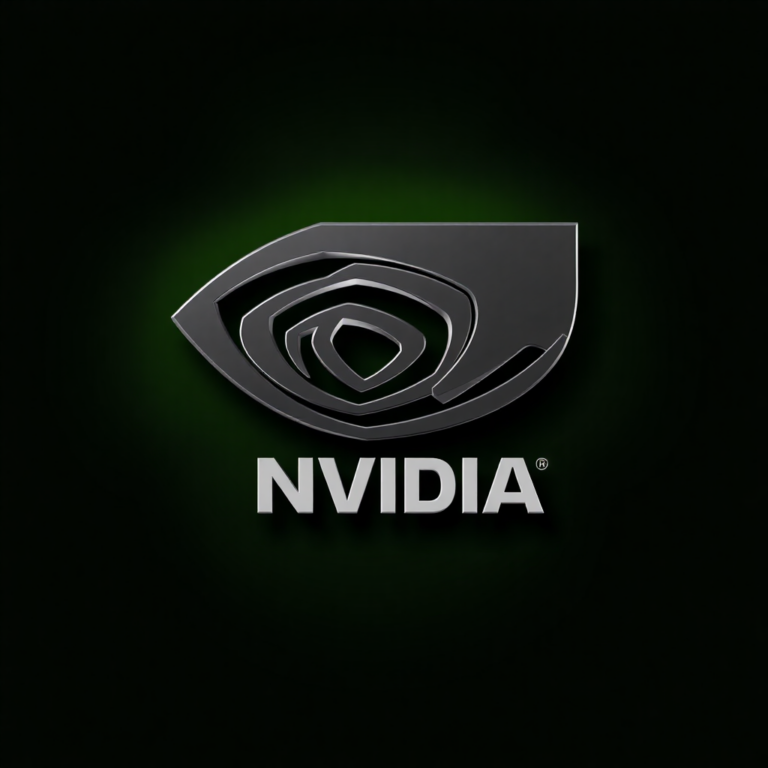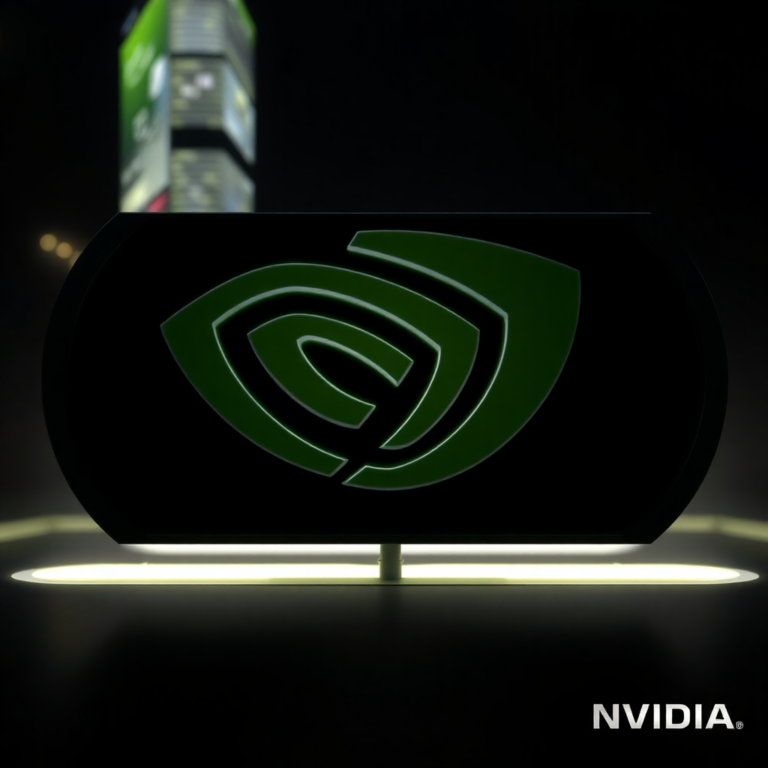Nintendo is gearing up to release its next-generation console, the Nintendo Switch 2, following the massive success of the original Switch. As the gaming industry continues to evolve, so does the need for more powerful and innovative consoles. However, despite advancements in technology, Nintendo has made it clear that the new Switch 2 will not come with an exorbitant price tag. Instead, the company has focused on making the new console affordable, ensuring that its loyal customers are not priced out of the market.
Shuntaro Furukawa, Nintendo’s president, recently reiterated that the Switch 2’s pricing would prioritize customer affordability while still offering cutting-edge technology. This pricing strategy stands in contrast to other major gaming consoles that have risen in price over the past few years. For instance, both the PlayStation 5 and Xbox Series X launched with price tags around $499. In contrast, Nintendo is positioning the Switch 2 at a price that appeals to a broader demographic, including both casual and hardcore gamers. This article dives into the factors influencing the pricing of the Switch 2, including industry trends, expected features, and how Nintendo plans to stay competitive while keeping the console affordable.
Nintendo’s Pricing Philosophy: A Balanced Approach
Since the launch of the original Nintendo Switch in 2017, Nintendo has carefully considered its pricing strategies. The company’s pricing philosophy centers on offering value, innovation, and accessibility for consumers. The original Switch, priced at $299, was an immediate success because it struck the right balance between offering a hybrid gaming experience and being affordable. At the time of its release, the Switch’s pricing was notably lower than that of its competitors, like the PlayStation 4 Pro and Xbox One X, which were priced at $399 and $499, respectively.
One of the keys to Nintendo’s pricing success has been its ability to optimize manufacturing and create cost-effective products. The original Switch used a custom-designed Nvidia Tegra X1 processor, which delivered a strong performance for a handheld device but wasn’t as expensive as the components used in traditional home consoles. By using unique designs and custom hardware, Nintendo has been able to keep production costs relatively low while still offering competitive gaming experiences. This approach has been vital to the affordability of Nintendo’s consoles, and it’s expected to continue with the Switch 2.
Nintendo’s careful attention to the cost of its components and manufacturing processes allows the company to pass the savings onto consumers, ensuring that its consoles remain accessible. This pricing approach has also helped Nintendo avoid the price hikes that have affected other major console makers. While other companies have opted for more expensive components and higher price tags, Nintendo continues to appeal to a wide customer base by offering a product that doesn’t come with the hefty price tag typically associated with next-gen consoles.
Nintendo’s decision to prioritize affordability is not just a business strategy; it is an intentional effort to maintain its diverse consumer base. From casual players and families to dedicated gaming enthusiasts, Nintendo’s pricing ensures that it remains a go-to choice for all types of gamers.
Understanding the Switch 2’s Expected Features and How They Impact Pricing
The Nintendo Switch 2 is expected to deliver a host of upgrades over its predecessor, making it a formidable competitor in the next-gen console space. These advancements are likely to include improvements in processing power, graphics, and battery life, as well as the addition of new features that could elevate the gaming experience.
One of the most anticipated features of the Switch 2 is its upgraded processing power. The original Switch was powered by the Nvidia Tegra X1 chip, which, while powerful, was not on par with the PlayStation 4 and Xbox One in terms of performance. For the Switch 2, Nintendo is expected to use a more powerful custom chip, likely built in collaboration with Nvidia. This new chip will provide significantly better performance, including faster load times and smoother frame rates, while still being power-efficient enough to support the Switch’s hybrid design. This improvement is expected to result in more demanding games being able to run smoothly, offering a more seamless experience for players.
Another key feature that could impact the pricing of the Switch 2 is the potential for 4K support. The original Switch supported 1080p when docked, but with the rise of 4K displays, many anticipate that the Switch 2 will be capable of 4K resolution when connected to a TV. While 4K gaming is common in the current generation of consoles, the Switch has always been unique in its hybrid form factor. Implementing 4K support in the Switch 2 could raise the production costs, as the components required to drive 4K visuals are more expensive. However, Nintendo’s commitment to affordability means that it will likely find a way to implement this feature without dramatically raising the price.
Battery life is another area where improvements are expected. The original Switch had a relatively decent battery life, but it was often criticized for not lasting long enough during portable play. The Switch 2 is likely to incorporate a more efficient processor and battery technology, which will allow for longer gaming sessions on the go. This improvement could also be key to attracting new customers who prioritize the handheld experience over traditional console gaming.
Backward compatibility is another significant expectation for the Switch 2. Nintendo has a history of supporting legacy content, and many players hope that the Switch 2 will allow users to play their existing library of Switch games. This would be a smart move on Nintendo’s part, as it would help make the transition to the new console more seamless for players. Additionally, the Switch 2 will likely be compatible with existing accessories, such as Joy-Con controllers, meaning that players won’t need to purchase new accessories, which could offset the cost of the console.
The Competitive Landscape: Pricing vs. Competitors
Nintendo faces stiff competition from both Sony and Microsoft, which have positioned their consoles as premium gaming machines. The PlayStation 5 and Xbox Series X, which launched at $499, are known for their high-end performance, offering state-of-the-art graphics and processing power. While these consoles cater to hardcore gamers, Nintendo has carved out its own niche by appealing to a broader audience, including casual gamers and families. The company has always positioned itself as the more affordable option in the gaming market, and the Switch 2 is expected to continue this trend.
The competitive landscape for the next-generation console is increasingly crowded, with Sony and Microsoft continuing to dominate the premium segment of the market. However, Nintendo has managed to thrive by offering a product that is unique—one that combines portability with the full console experience. The Switch 2 is expected to build upon the hybrid design, offering more powerful hardware while maintaining the flexibility to switch between handheld and docked play. Nintendo’s decision to focus on affordability in the face of its premium competitors is likely a deliberate one, ensuring that the Switch 2 remains an attractive option for gamers who value price and versatility.
Given the current price points of competing consoles, analysts expect the Switch 2 to be priced significantly lower than both the PlayStation 5 and Xbox Series X. While the Switch 2 will likely offer similar performance in certain areas, it will not need to match the high-end graphical fidelity of its competitors, as Nintendo’s focus has always been on unique gameplay experiences rather than pushing the boundaries of visual fidelity. This focus on affordability will allow Nintendo to position the Switch 2 as an entry-level console for those who want a next-generation experience without the high price tag.
The Impact of Affordability on Nintendo’s Brand and Market Strategy
Nintendo has long been known for its family-friendly games and its dedication to creating consoles that appeal to all types of gamers. The company’s focus on affordability has allowed it to build a diverse consumer base, from young children to older gamers. By keeping the Switch 2 affordable, Nintendo can maintain its position as the go-to console for families, casual gamers, and anyone who wants a high-quality gaming experience without breaking the bank.
Affordability is also essential for ensuring the success of the Switch 2 in international markets. While premium consoles like the PlayStation 5 and Xbox Series X have been successful in Western markets, Nintendo has found great success in regions like Japan, Latin America, and Europe. These markets are often more price-sensitive, and Nintendo’s ability to offer an affordable console will be crucial for maintaining its strong presence in these regions. The Switch 2’s pricing strategy will likely ensure that it remains competitive in these markets, where high-priced gaming systems may not be as appealing to consumers.
By keeping the Switch 2 affordable, Nintendo is also protecting its reputation as a brand that values the consumer. Unlike its competitors, who often focus on offering high-end products with hefty price tags, Nintendo’s commitment to affordability ensures that it remains the more accessible option for gamers of all ages. This reputation for being consumer-friendly has helped Nintendo maintain its position as one of the most beloved gaming companies in the world.
Potential Price Range for the Switch 2
Based on industry trends and analysts’ predictions, it is expected that the Nintendo Switch 2 will be priced somewhere in the range of $350 to $450. This price point is competitive with the current mid-range consoles on the market, such as the Xbox Series S, which is priced at $299, and the PlayStation 5 Digital Edition, which is priced at $399. Analysts believe that the price of the Switch 2 will reflect its status as a hybrid console, combining the affordability of the original Switch with the advanced features of a next-generation device.
The final price of the Switch 2 will depend on several factors, including the cost of manufacturing, the inclusion of high-end features like 4K support, and the level of backward compatibility with existing Switch games and accessories. Nintendo will also need to factor in the ongoing cost of raw materials, particularly as semiconductor shortages have affected the production of various tech devices. However, given Nintendo’s expertise in manufacturing cost-effective products, it is likely that the Switch 2 will remain within a reasonable price range, making it accessible to a wide audience.
One potential strategy is for Nintendo to release multiple versions of the Switch 2, similar to how it did with the original Switch. This could include a base model with essential features, such as 1080p support and standard battery life, as well as a more premium version with 4K capabilities and longer battery life. By offering different price points, Nintendo can appeal to a wider range of consumers, from casual gamers to hardcore enthusiasts who are willing to pay more for the latest features.
Nintendo’s Commitment to Accessibility and Innovation
Nintendo’s approach to the pricing of the Switch 2 reflects its ongoing commitment to accessibility and innovation. By ensuring that the console is affordable while still offering a next-generation gaming experience, Nintendo is positioning itself to lead the way in the gaming industry. With an anticipated price range between $350 and $450, the Switch 2 will offer a compelling option for gamers looking for an affordable yet powerful console.
As Nintendo continues to refine its pricing strategy, the company’s ability to balance affordability with cutting-edge technology will be key to the success of the Switch 2. The console is expected to offer improved processing power, 4K support, and longer battery life, all while maintaining the versatility and portability that made the original Switch so popular. With a focus on value and a reputation for consumer-friendly pricing, Nintendo is poised to once again capture the hearts of gamers around the world.
Feel free to check out our other website at :aibrainpowered.com












